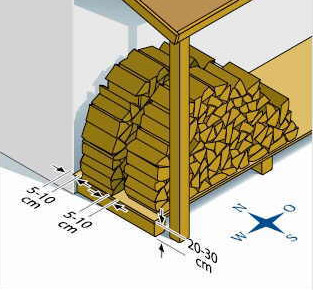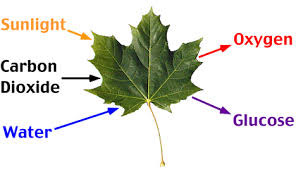Ash drawer and ash grate
Empty and clean the ash drawer regularly according to your heating habits.
NB! The coals in the ash can be hot for up to 24 hours after heating.
The ash heap in the drawer must not block the openings in the ash grate.
Ash is a very good fertilizer for plants, because it contains a lot of different minerals.
Glass
Your door glass will stay clean longer if you:
- Use dry wood
- Adjust the incoming air flow during combustion as needed
- Use the combustion temperature as optimally as possible.
- The chimney draft is correct.
- The amount of wood corresponds to the specified amount.
Gradual sooting of the glass is completely normal. Clean the inside of the glass regularly with the appropriate cleaning products to prevent soot particles from burning in (after approximately 8-12 hours of burning).
Cleaning and maintenance
The fireplace and air outlet openings should be cleaned regularly. Make sure your chimney is in working order after a long period of non-use.
|
What? |
How often? |
With what? |
|
Fireplace casing and ash drawer |
As needed, but at least once a year |
Brush, vacuum cleaner or ash vacuum cleaner |
|
Glass |
According to the frequency of use, but as recommended above – after 8-12 hours of burning |
Special glass cleaner (available in fireplace salons), towel |
|
Door mechanisms on fireplaces with a lift-up door |
As needed |
Heat-resistant greases (available in fireplace salons) that can withstand up to 1000° C |
|
Chrome or gold-plated surfaces |
As needed |
A mild detergent and a soft cloth; avoid abrasives and polishing |
|
Stainless surfaces |
As needed |
Stainless surface cleaner and soft cloth |
|
Painted surfaces |
As needed |
Damp cloth without abrasives |
|
Warm air grille |
As needed |
Dust cloth or vacuum cleaner |
|
Ash drawer and grate |
As needed |
Empty manually or with a special ash vacuum cleaner |
|
Under the airy ash drawer |
Accordingly as needed |
Vacuum cleaner or special ash vacuum cleaner |

 Firewood should be stored in a dry and weather-protected place, this ensures clean and efficient combustion and also saves fuel.
Firewood should be stored in a dry and weather-protected place, this ensures clean and efficient combustion and also saves fuel. The greenhouse effect, warming seas, climate change – all these are familiar topics that are increasingly heard in our ears, which requires every person to act responsibly to save our planet, especially in areas such as energy and heat production.
The greenhouse effect, warming seas, climate change – all these are familiar topics that are increasingly heard in our ears, which requires every person to act responsibly to save our planet, especially in areas such as energy and heat production.